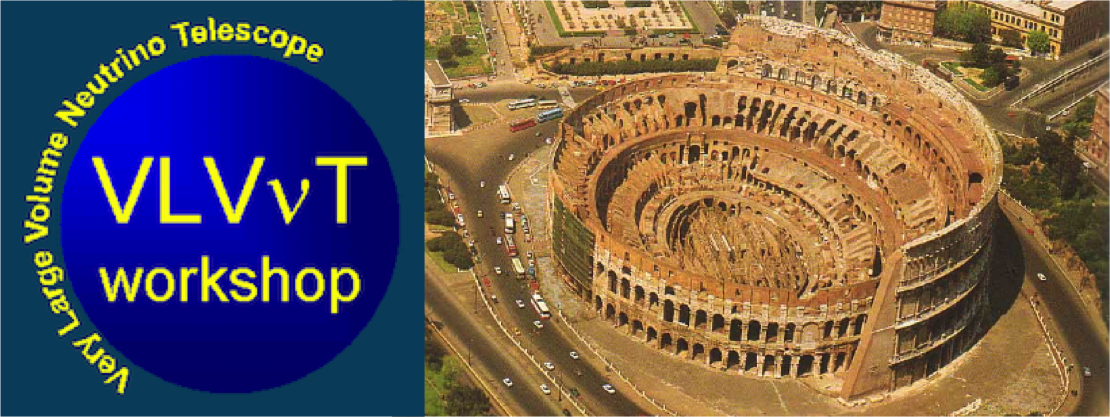Speaker
Gerard Kieft
(Nikhef National institute for subatomic physics (NL))
Description
The construction of the KM3NeT neutrino telescope in the abyss of the Mediterranean Sea has started. Installation of in total 30 vertical detection units, each supporting 18 optical modules with 31 photomultipliers is foreseen in the first construction phase of the telescope. The KM3NeT timing calibration uses the optical system to send and fan-out an onshore clock signal, derived from a GPS receiver, to all the offshore digital optical modules. The data acquisition system inside the optical modules use this clock signal to time-stamp the light pulses detected by the photomultiplier tubes. The delay between the GPS clock on shore and the clock in each optical module is measured with sub-nanosecond precision using a White Rabbit based timing calibration system. Different aspects of the optical system are of influence on the delay between the onshore clock and the clock in each optical module. These aspects of the optical system need to be quantified and taken into account during the measurement of the delay between the onshore clock and the clock in each optical module. The aspects of the optical system relevant for the timing calibration and the quantification of their effect will be presented.
Authors
Gerard Kieft
(Nikhef National institute for subatomic physics (NL))
Mr
Marinus van der Hoek
(Nikhef)
Co-authors
Mr
Antonio D'Amico
(Nikhef)
Jan-Willem Schmelling
(Nikhef)
